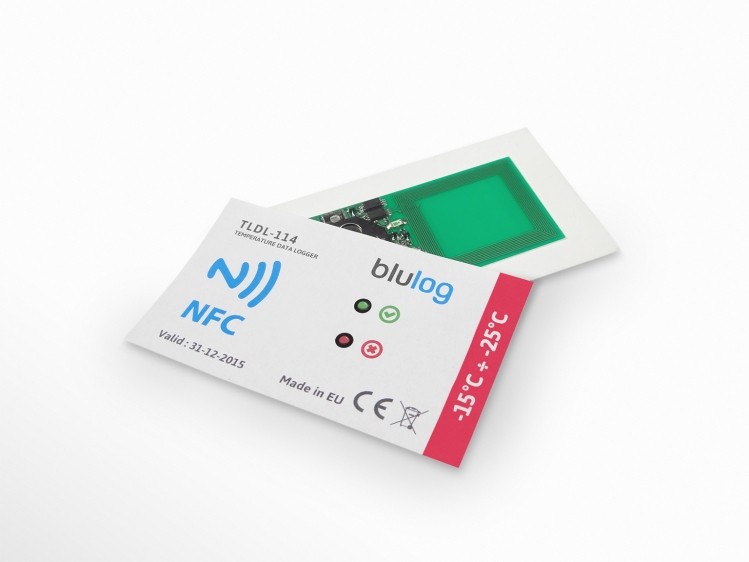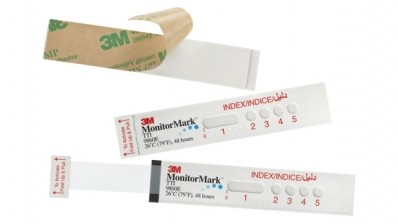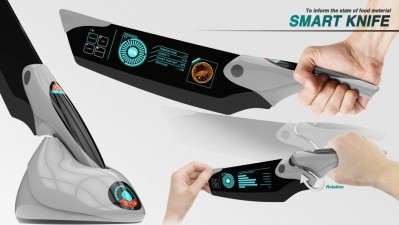Digital temperature-check labels still blocked by their cost

Jérémy Laurens, sales and marketing director at technology company Blulog, predicted: “It could take four or five years before you see a temperature datalogging label which costs less than a dollar. Companies like Norway’s Thin Film Electronics are making printed electronics more affordable, but printing a battery still costs too much.”
There remained technical obstacles, too, to printing sufficient memory for many functionalities, he added.
In fact, even ‘mechanical’ or chemical-based colour-change temperature indicator labels have proved too costly for most in the food and drink supply chain.
UK interest in Blulog’s tag technology, which uses near-field communication (NFC), has so far only come from the pharmaceutical industry, said Laurens.
Trials
Blulog, with operations in France and Poland, reported that one customer was starting trials with pallet-level tagging of high-value fruit and vegetables exported from Spain to Scandinavia.
“Companies which deliver foods directly to the consumer have also shown interest, because the NFC capability allows end consumers to check the temperature log for themselves using their mobile,” Laurens said. Currently, each Blulog single-trip tag costs eight euros.
Laurens is due to provide an overview of temperature-monitoring technologies at a seminar on A&I packaging for the food industry on October 21. The event, which is being organised in collaboration with the Active and Intelligent Packaging Industry Association (AIPIA), will be hosted by Campden BRI.
Cost barrier
When it comes to A&I packaging in general, it appears that cost is more likely to constitute a barrier to adoption than European regulations.
Speaking at the same event will be Dr David Leeks, legislation services manager at Campden BRI. As he pointed out, Commission Regulation 450/2009 requires an authorisation process for any A&I materials before they can be used in food-contact applications.
“There are exemptions for immobilised substances, those separated from the food by a functional barrier and for substances released into foods and used in compliance with other applicable legislation, such as for additives,” said Leeks.















